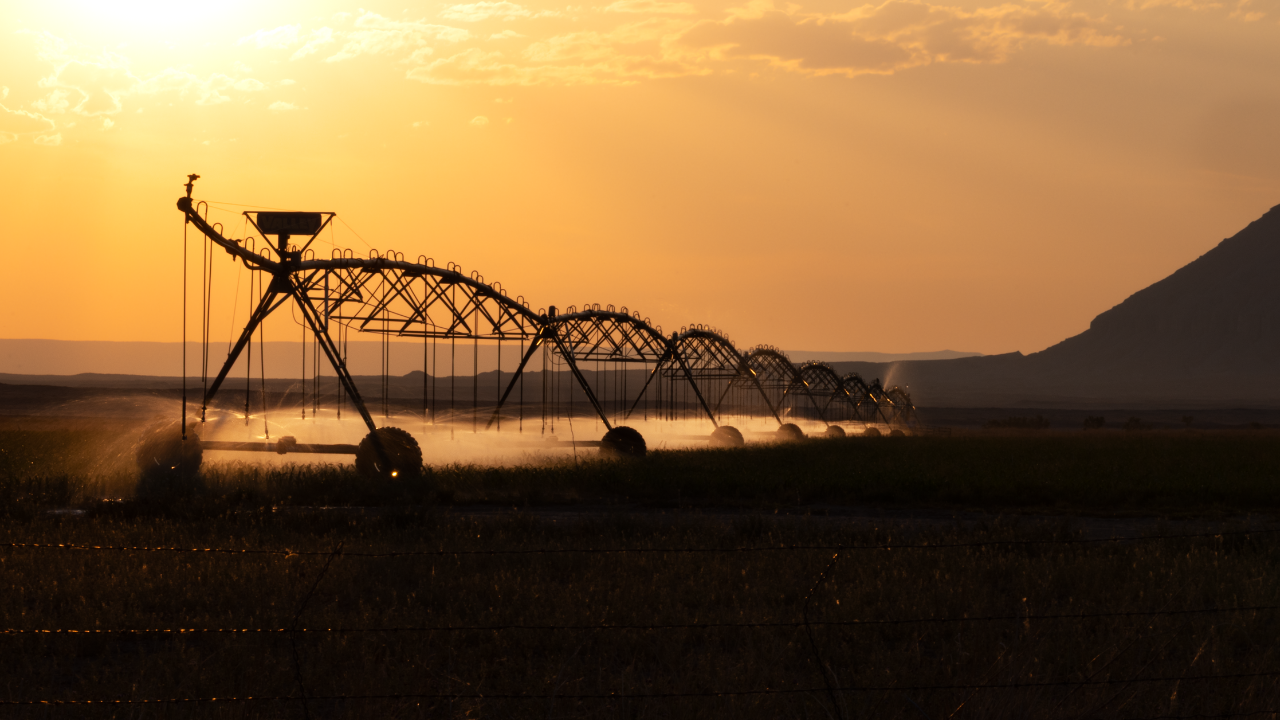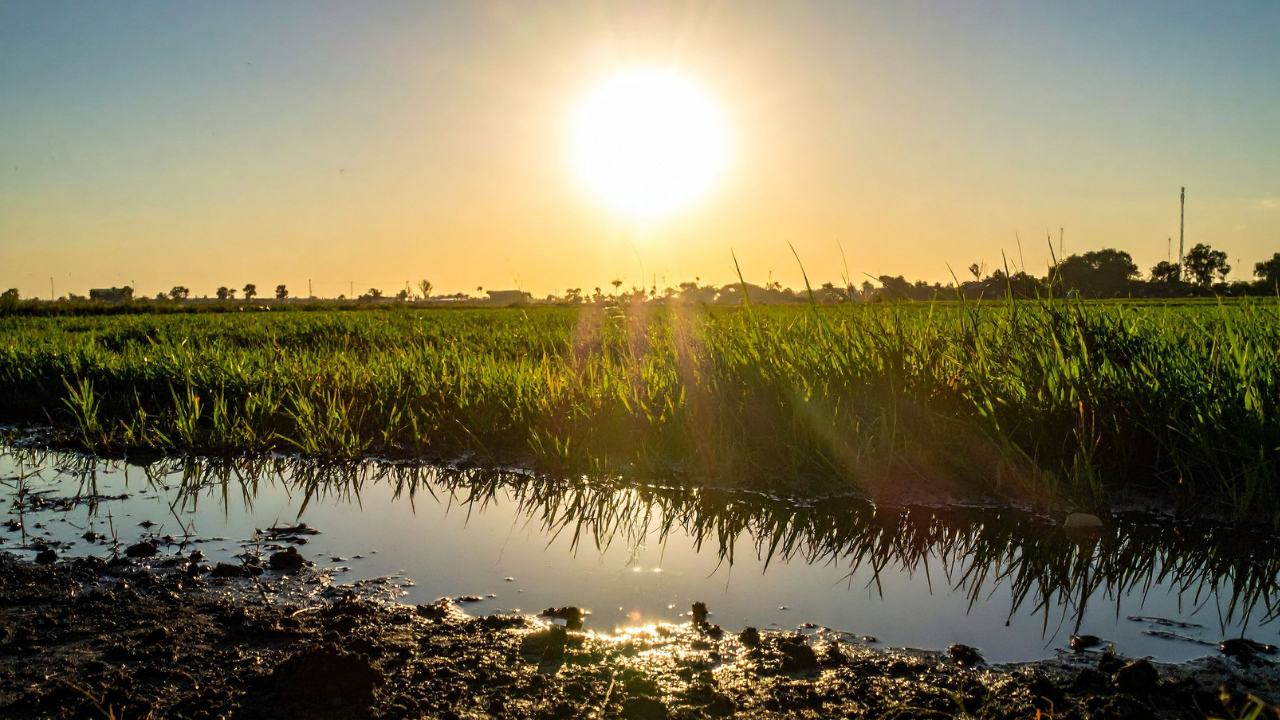Introduction to Wheat Cultivation
The Importance of Wheat in Agriculture and Food
Wheat is one of the most vital crops in global agriculture, serving as a staple food for millions. It accounts for a significant portion of the caloric intake for many populations worldwide. As a versatile crop, wheat can be grown in various climates and soils, making it a primary choice for farmers. Its importance extends beyond food, influencing economies and trade across nations. Thus, optimizing wheat cultivation is essential for both agricultural productivity and food security.
Types of Wheat and Their Characteristics
Wheat varieties are broadly categorized into three types: hard red, soft red, and white wheat. Each type has distinct characteristics, influencing its uses and water requirements. For instance, hard red wheat, high in protein, is ideal for bread making, while soft red wheat is often used in cakes and pastries. Understanding these types helps farmers make informed decisions about which variety to cultivate based on their regional climate and soil conditions.
Water Requirements for Wheat
The Amount of Water Needed During Different Growth Stages
Wheat has specific water needs at different growth stages, ranging from germination to maturity. Typically, a wheat crop requires about 400-600 mm of water throughout its growing season.
- Germination (0-7 days): Adequate moisture is crucial for seed germination.
- Tillering (8-30 days): Water stress during this phase can drastically reduce yield potential.
- Jointing (31-55 days): Consistent watering is essential to support stem development.
- Heading (56-75 days): Water demands peak, particularly during flowering.
- Ripening (76-90 days): Reducing water availability in this phase can enhance grain quality.
The Impact of Water Deficiency or Excess on Yield
Both water deficiency and excess can adversely affect wheat yield. Insufficient water leads to stunted growth, reduced tiller formation, and lower grain filling. Conversely, overwatering can cause root rot and other diseases, further compromising yield. Understanding the balance of water supply is critical for optimal production.
Suitable Irrigation Systems for Wheat
Drip Irrigation: Benefits and Advantages
Drip irrigation is increasingly favored for wheat cultivation due to its efficiency. By delivering water directly to the plant's root zone, this method minimizes evaporation and runoff. Key benefits include:
- Water Conservation: Uses 30-50% less water compared to traditional methods.
- Reduced Weed Growth: Limited water supply to non-crop areas inhibits weed germination.
- Improved Soil Moisture Management: Maintains consistent moisture levels for optimal growth.
Surface Irrigation: How to Implement It and Best Practices
Surface irrigation remains a common method, especially in regions where water resources are plentiful. Implementing an effective surface irrigation system involves:
- Land Leveling: Ensuring fields are leveled facilitates even water distribution.
- Proper Channel Design: Designing channels to direct water flow efficiently.
- Scheduling: Timing the irrigation to match the crop's water needs.
Best practices include regularly checking for drainage and adjusting the irrigation schedule based on weather conditions.
Calculating Irrigation Needs
How to Measure the Area of Cultivated Land
Accurate measurement of the cultivated area is the first step in calculating irrigation needs. Farmers can utilize various methods:
- GPS Technology: For precise area measurement.
- Field Mapping: Using grid mapping techniques to estimate land size.
- Manual Measurements: Measuring lengths and widths of the field for calculations.
How to Calculate the Water Quantity Needed per Feddan
Calculating the water requirement per feddan involves a simple formula:
- Determine the crop's water requirement (in mm).
- Convert this to cubic meters (1 mm over 1 hectare = 10 cubic meters).
- For example, if wheat requires 500 mm of water, this translates to:
500 mm = 500 × 10 = 5000 m3 per hectare
- Since 1 feddan is approximately 0.42 hectares, the water requirement per feddan is:
5000 m3 × 0.42 ≈ 2100 m3
Factors Affecting Irrigation Needs (Soil, Climate, and Plant Growth Stage)
Several factors influence irrigation needs, including:
- Soil Type: Sandy soils drain faster, necessitating more frequent watering, while clay soils retain moisture longer.
- Climate Conditions: Temperature and rainfall patterns directly impact water requirements.
- Growth Stage: As outlined earlier, different growth stages require varying amounts of water.
Accessories for the Irrigation System
Types of Necessary Accessories (Connectors, Filters, Valves)
An efficient irrigation system relies on quality accessories. Essential components include:
- Connectors: Ensure secure and leak-free connections between hoses and emitters.
- Filters: Protect the irrigation system from debris and contaminants that could clog the lines.
- Valves: Control water flow and pressure, allowing for precise irrigation scheduling.
How to Choose the Right Accessories for the Irrigation System
When selecting accessories, consider:
- Compatibility: Ensure accessories fit the specific irrigation system.
- Material Quality: Durable materials can withstand pressure and reduce maintenance.
- Local Availability: Source components from local suppliers to minimize costs and support the community.
Tips for Improving Irrigation System Efficiency
The Importance of Regular Maintenance
Regular maintenance is crucial to ensure that the irrigation system operates efficiently. Key maintenance practices include:
- Inspecting for Leaks: Regularly check hoses and connections for signs of wear or damage.
- Cleaning Filters: Clogged filters can reduce water flow; cleaning them regularly can enhance system performance.
- Testing Pressure Levels: Ensuring optimal pressure helps in distributing water evenly.
Using Smart Irrigation Techniques to Minimize Water Loss
Implementing smart irrigation techniques can significantly enhance water efficiency. Consider:
- Soil Moisture Sensors: These devices provide real-time data on soil moisture, helping farmers irrigate more accurately.
- Weather-Based Controllers: Automating irrigation schedules based on local weather forecasts can prevent overwatering.
- Rainwater Harvesting Systems: Capturing and storing rainwater can supplement irrigation needs and reduce reliance on groundwater.
Conclusion
The significance of careful planning for the irrigation system in increasing wheat yield cannot be overstated. Proper irrigation management not only maximizes productivity but also promotes sustainable agricultural practices. Farmers must consider their specific conditions and resources when designing their irrigation systems.
At Alhandasih.com, we offer a range of irrigation products and accessories tailored to meet the needs of wheat cultivators. From high-quality hoses to efficient connectors and filters, our products are designed to enhance your irrigation system's effectiveness. Explore our offerings today and take the first step towards a more productive and efficient wheat cultivation journey!



